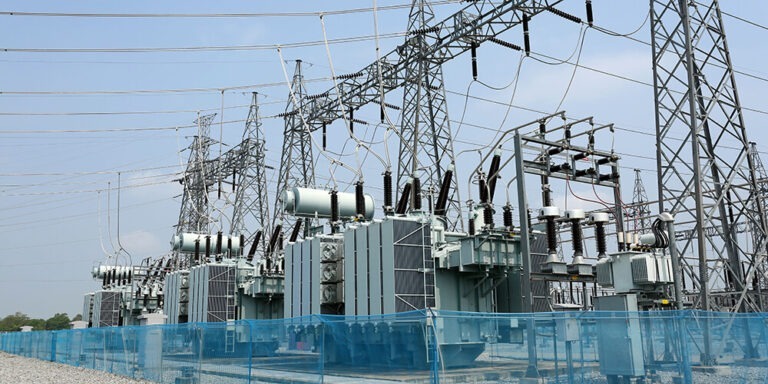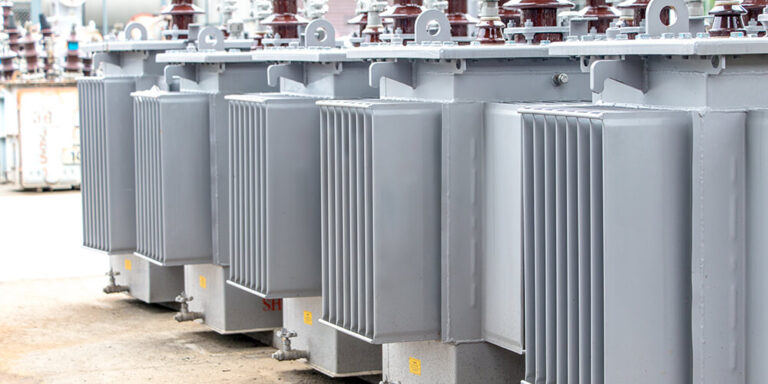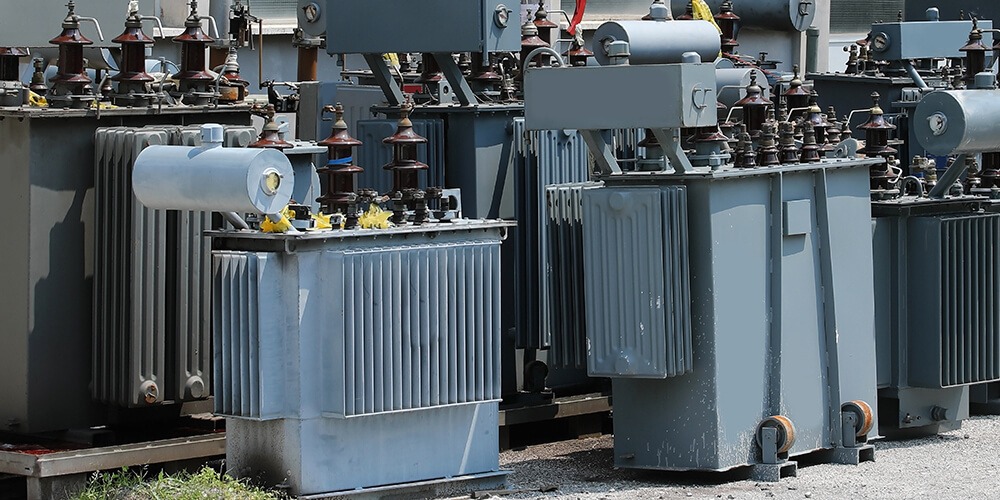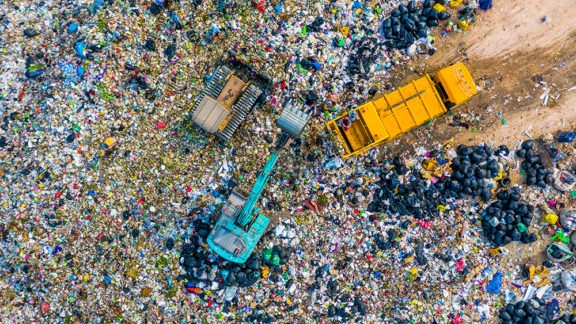The Environmental Protection Agency (EPA) is poised to adopt a rule that will alter cleanup and disposal options for polychlorinated biphenyls (PCBs) under the Toxic Substances Control Act (TSCA).
Currently, EPA lays out three approaches to the cleanup and disposal of TSCA-regulated PCB-contaminated waste (known as PCB remediation waste), one of which — the performance-based disposal option — does not require EPA notification. The new rule will add a post-cleanup notification requirement for the performance-based disposal option, meaning that parties that have preferred performance-based disposal because it did not require notification may need to revisit their approach to current and future cleanups.
The rule will also broaden approved PCB sampling and evaluation methods at contaminated sites, potentially making cleanups faster and less expensive.
Who will the proposed rule impact?
Companies across a broad swath of industries, including manufacturing, energy, transportation, real estate development, mining, and/or other operations involving electrical equipment or heavy machinery, may need to contend with PCB contamination. Anyone who makes environmental management decisions or advises clients on those decisions should take note of the proposed rule changes.
The context: Current PCB cleanup options
TSCA regulations currently allow three cleanup options for PCB remediation waste (40 CFR 761.61):
- Self-implementing cleanup and disposal: This option prescribes approaches to cleanup and disposal and requires EPA notification before a project begins.
- Performance-based disposal: This is the option covered by the changes to the notification requirements in the proposed new rule. Currently, it allows parties to send PCB remediation waste to a TSCA-permitted landfill without notifying EPA.
- Risk-based cleanup and disposal: This option allows parties to come up with innovative, potentially less expensive risk-based PCB cleanup and disposal plans as long as they do not pose an unreasonable risk to health or the environment — but those risk-based plans can take years to negotiate and require a high level of detail.
No more staying off EPA’s radar

The lack of a notification requirement has led many parties to prefer the performance-based disposal option, which, EPA estimates, governs 50 to 60 million kilograms of PCB remediation waste generated at 430 to 460 sites each year. These parties view the option as more efficient albeit more expensive; they can avoid a longer timeline by sending the waste to a permitted landfill and feel secure that their disposal approach will satisfy the agency. The approach still carries some risk because EPA does not review and approve cleanup plans beforehand or issue a determination that cleanup is complete afterward.
After the proposed rule change, the performance-based option will require EPA notification. Parties may still save time on the front end of a project through this option, as notification will not be required until after cleanup is complete. Parties that preferred performance-based disposal in the past because it required no notification will want to review the risks and benefits of other approaches as they move forward with PCB remediation projects.
Other changes: Approval for quicker, cheaper sampling and analysis methods
The proposed rule adds new requirements for site eligibility, cleanup levels, verification sampling, and recordkeeping to the performance-based disposal option, adding complexity but also reducing uncertainty about what approaches EPA will consider acceptable. For example, verification sampling requirements were previously not specified under the performance-based disposal option, leaving it up to the party conducting the cleanup to determine sampling frequency and locations, with the risk that EPA might disagree with the approach. Verification sampling for performance-based disposal will now be required to follow the same requirements for sampling frequency and locations specified for self-implementing cleanup and disposal. This will increase the quantity and cost of samples relative to how some parties were approaching verification sampling previously, but it is also clear now what EPA will consider acceptable.
Other changes that affect all three cleanup options could make cleanups less time-consuming and expensive. For example, the proposed rule changes add new sample extraction and analysis methods — some with same-day or next-day turnarounds — to the approved remediation approaches, which will give responsible parties more flexibility and ability to meet tight construction deadlines.
How should companies prepare for the rule changes?

Although the rule is not final, EPA watchers expect its adoption soon. So parties with PCB cleanups in the works or on the horizon should evaluate their approach and timing to ensure that any PCB cleanup performed after the final rulemaking will comply with the changes.
More generally, parties that have relied on the performance-based option may wish to revise their strategy. The two other approaches may offer benefits they haven’t fully considered if their primary objective has been to avoid EPA notification:
- The self-implementing cleanup and disposal option can enable users to save on disposal costs. If the level of PCB contamination is less than an approved level and other specific conditions are met, they can send waste to a non-hazardous solid waste landfill instead of sending it to a TSCA-permitted landfill, which is generally a more expensive option. Some risk-based measures, such as capping and occupancy restrictions, are available under this option. This option can also reduce risk because it requires EPA notification before, not after, the cleanup and disposal take place.
- The risk-based cleanup and disposal option can also save costs because it allows for more flexibility regarding risk-based cleanup and disposal methods, such as capping or encapsulating the waste on-site using methods other than those prescribed for self-implementing cleanups. It also includes more flexibility to tailor verification sampling grid spacing and frequency to the size of the cleanup site, reducing the cost of sampling for larger sites. Like the previous option, it gives users the certainty of proceeding with an EPA-approved plan.
Our contaminated site management experts can help companies think through PCB-related strategy and understand their cleanup and disposal options. Please contact us at the author links below with any questions.
Published: 1/6/2023
- Aerospace
- Energy
- Environmental trusts
- Oil and gas transmission
- Electric transmission and distribution
- Manufactured gas plants
- Government infrastructure
- Industrial and manufacturing
- Airports
- Government facilities
- Automotive
- Consumer products
- Food and beverage
- Ports, harbors, and coastal Infrastructure
- Transportation
- Manufacturing
- Metal foundries, finishing, and recycling consulting
- Mining
- Real estate developers
- Decommissioning and demolition
- Contaminated site management
- Environmental risk assessment
- Site characterization
- Remediation
- EHS strategy and management
- Solid and hazardous waste
Authors

Senior Project Manager, Hydrogeologist

Program Manager




